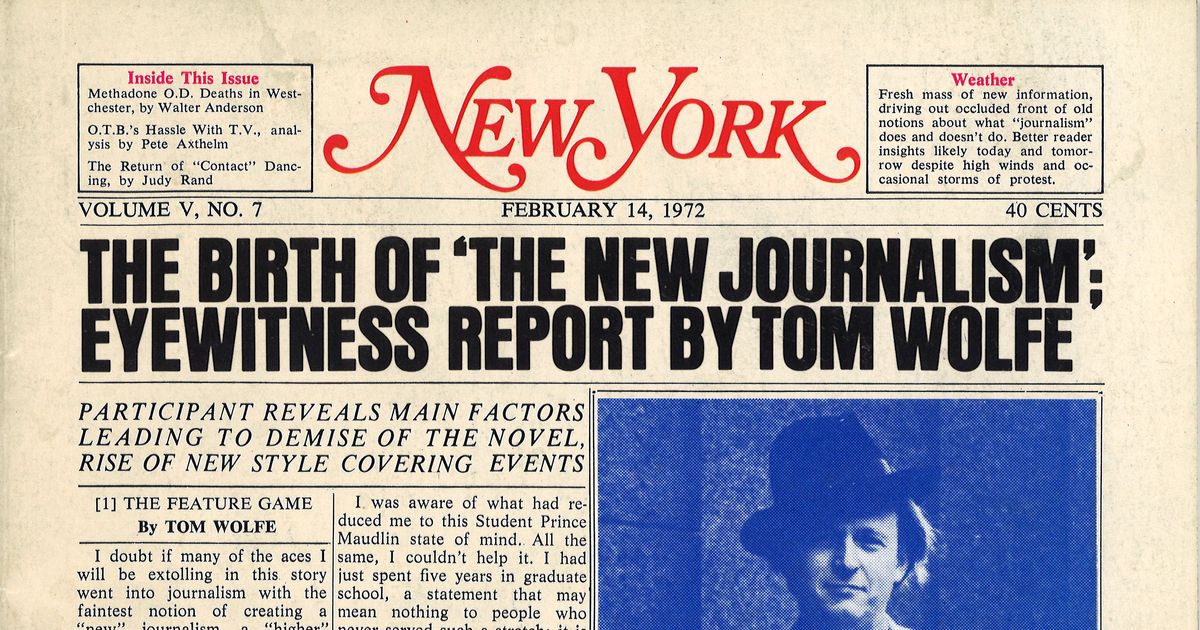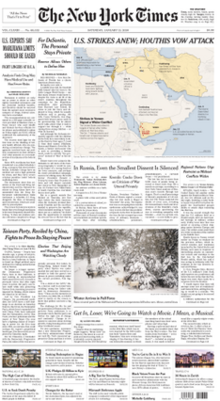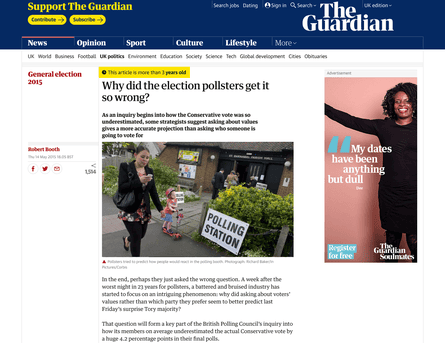The 6-Minute Rule for News Articles
The 6-Minute Rule for News Articles
Blog Article
See This Report about News Articles
Table of ContentsThe Definitive Guide for News ArticlesNews Articles for BeginnersThe smart Trick of News Articles That Nobody is Talking AboutThe 4-Minute Rule for News ArticlesNews Articles Things To Know Before You Get This
Excellent understanding of various subjects offers pupils an one-upmanship over their peers. Despite the fact that digital and social media are conveniently accessible, we should not neglect exactly how vital it is to check out the papers. Moms and dads have to try and inculcate the behavior of checking out a newspaper as a day-to-day regimen to continue the heritage of the adored print tool.News tales additionally include at the very least one of the adhering to crucial features relative to the desired target market: closeness, prestige, timeliness, human rate of interest, anomaly, or consequence.
Within these limits, news stories also intend to be thorough. Amongst the bigger and more highly regarded papers, fairness and balance is a significant factor in providing details.
Newspapers with an international audience, for instance, tend to use a more formal design of creating. News Articles.; typical design overviews consist of the and the United States Information Design Book.
News Articles Can Be Fun For Everyone
As a regulation, reporters will not utilize a lengthy word when a short one will certainly do. Information writers try to avoid making use of the same word extra than once in a paragraph (occasionally called an "echo" or "word mirror").
However, headlines in some cases omit the subject (e.g., "Leaps From Watercraft, Catches in Wheel") or verb (e.g., "Feline female lucky"). A subhead (also subhed, sub-headline, subheading, caption, deck or dek) can be either a subordinate title under the major headline, or the heading of a subsection of the post. It is a heading that comes before the major message, or a group of paragraphs of the primary text.

Extra billboards of any of these kinds may appear later on in the write-up (specifically on succeeding web pages) to attract additional reading. Such billboards are likewise used as guidelines to the short article in various other areas additional info of the publication or site, or as ads for the item in various other publication or websites. Normal structure with title, lead paragraph (recap in vibrant), other paragraphs (information) and get in touch with information.

Instance of a hard-lead paragraph NASA is suggesting another area project. The spending plan demands about $10 billion for the project.
The NASA statement came as the firm asked for $10 billion of appropriations for the task. An "off-lead" is the second most vital front web page news of the day. The off-lead appears either in the leading left corner, or directly below the lead on the right. To "hide the lead" is to begin the post with history information or details of second significance to the readers, forcing them to find out more deeply right into a write-up than they ought to need to in order to find the necessary factors.
The Main Principles Of News Articles
Typical use is that a person or two sentences each develop their own paragraph. Reporters generally explain the organization or framework of a news tale as an inverted pyramid. The important and most intriguing aspects of a story are placed at the start, with supporting information adhering to in order of diminishing value.
It permits individuals to check out a topic to just the depth that their interest takes them, and without the imposition of information or nuances that they could take into consideration unnecessary, however still making that information readily available to more interested viewers. The inverted pyramid framework also allows write-ups to be cut to any kind of arbitrary size throughout format, to fit in the room available.
Some authors begin their stories with the "1-2-3 lead", yet there are several kinds of lead readily available. A twist can refer to multiple websites things: The last story in the news broadcast; a "pleased" tale to finish the program.
Longer write-ups, such as publication cover posts and the items that lead the within areas of a newspaper, are called. Attribute tales differ from straight information in several ways. Foremost is the absence of a straight-news lead, many of the time. Instead of using the significance of a tale in advance, attribute authors might try to tempt visitors in.
The Facts About News Articles Uncovered
A feature's first paragraphs commonly relate an intriguing moment or occasion, as in an "anecdotal lead". From the particulars of a person or episode, its sight rapidly widens to generalizations concerning the story's subject.

The Editor's Tool kit: A Reference Overview for Beginners and Professionals (2001) Allan M. Siegal and William G. view Connolly. The New York Times Guidebook of Style and Usage: The Official Style Guide Made Use Of by the Writers and Editors of the World's Many Reliable Newspaper (2002) M. L. Stein, Susan Paterno, and R.
Report this page